The Suzuki Ignis has undergone a mid-life facelift, the quirky city car gaining subtle design tweaks and a new mild hybrid powertrain option. It's now available to order from £13,999.
Three trim levels are available: entry-level SZ3 comes equipped as standard with air-conditioning, DAB radio with Bluetooth connectivity, LED headlights, electric front windows and rear privacy glass; mid-range SZ-T which is available from £15,499 and adds a rear-view camera, individually adjustable rear seats, 16in alloy wheels, widened wheel arches and smartphone compatibility; and top-rung SZ5 from £16,499, which brings sat nav, keyless entry, rear electric windows and a range of safety features including lane departure warning and 'weaving alert'.
The Fiat 500 rival, launched in 2016, retains its boxy overall silhouette, flared wheel arches and compact footprint, but gains a new five-spoke front grille that brings it into line with the Jimny SUV, along with chunkier front and rear bumpers with silver-painted inserts.
Suzuki’s 1.2-litre mild-hybrid Dualjet four-cylinder engine, available with an optional CVT gearbox for the first time, now features an uprated injection system, piston cooling jets and a variable displacement oil pump for improved acceleration and efficiency. With a power output of 82bhp and 79lb ft of torque, the new powertrain takes the supermini from 0-62mph in 12.7 seconds and on to a top speed of 103mph.
Additionally, the hybrid system’s battery capacity has also been expanded from 3Ah to 10Ah, further enhancing fuel efficiency. The Ignis is now capable of 55.7mpg on the WLTP combined cycle and emits 114g/km of CO2 when specified with the manual gearbox.
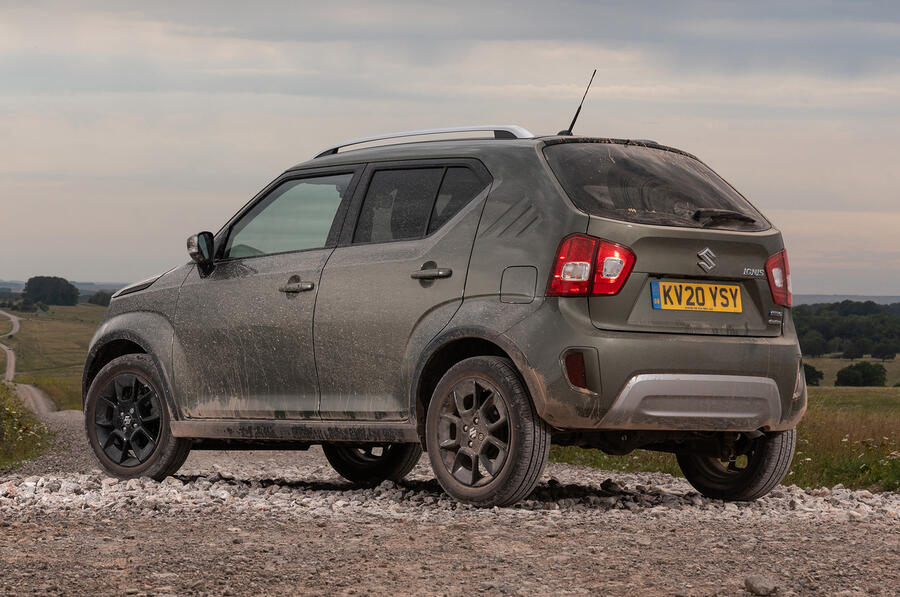
Permanent four-wheel drive is fitted as an option on Ignis SZ5 Allgrip cars with a manual gearbox. As with the recently updated Suzuki Swift hatchback, it can divert additional torque to the rear axle when needed, and gains new functions for the Ignis including Hill Descent Control and Grip Control. So equipped, the Ignis is capable of 51.7mpg ang emits 123g/km of CO2.

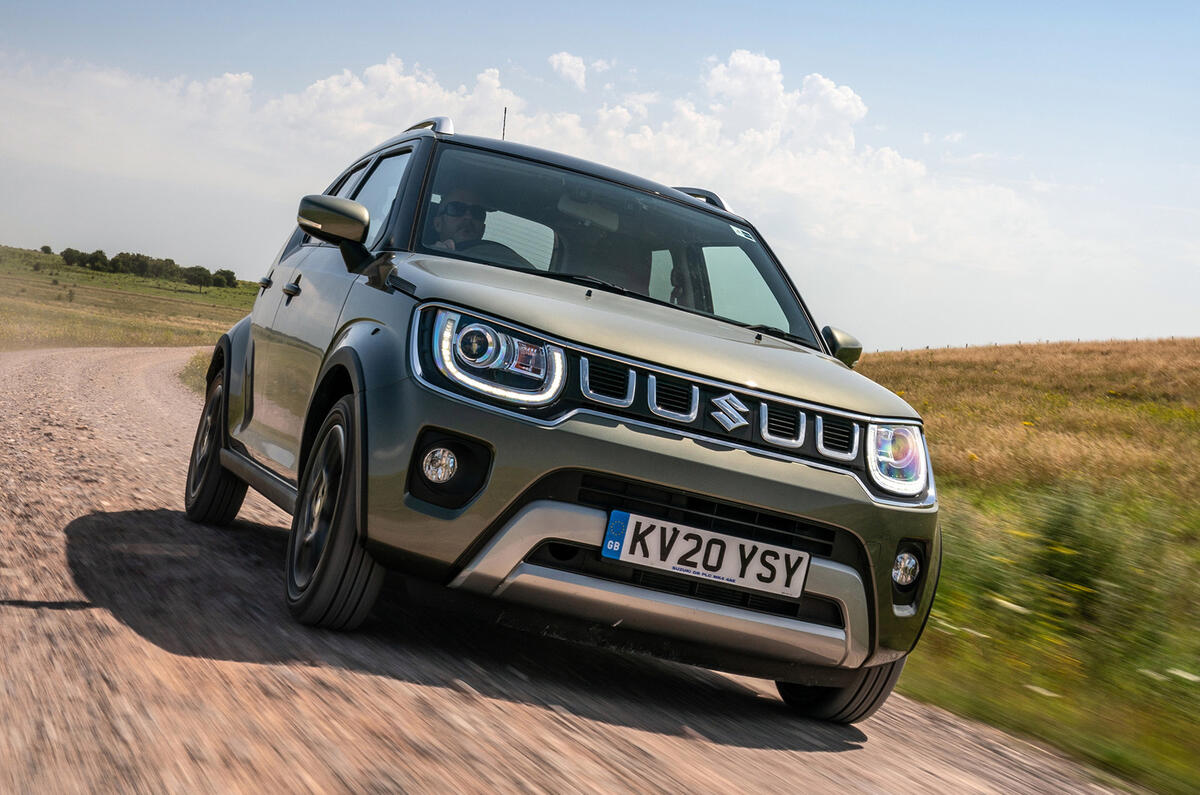
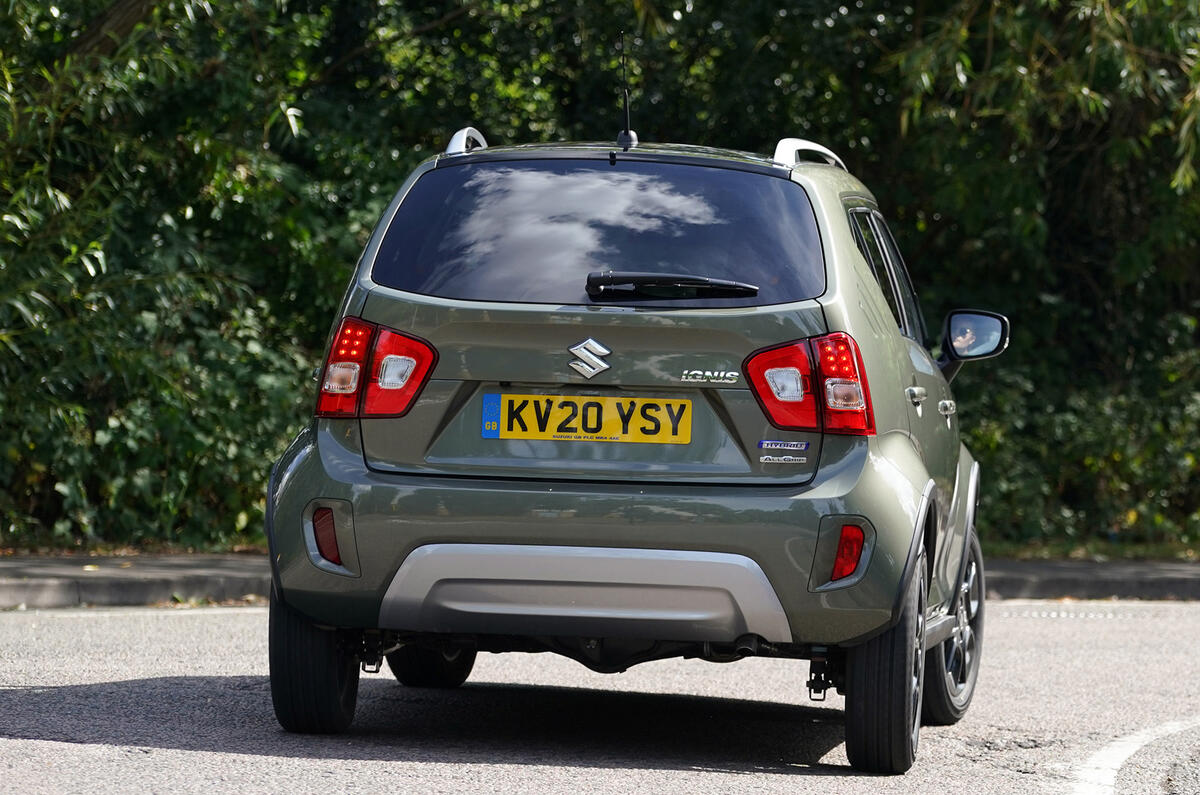
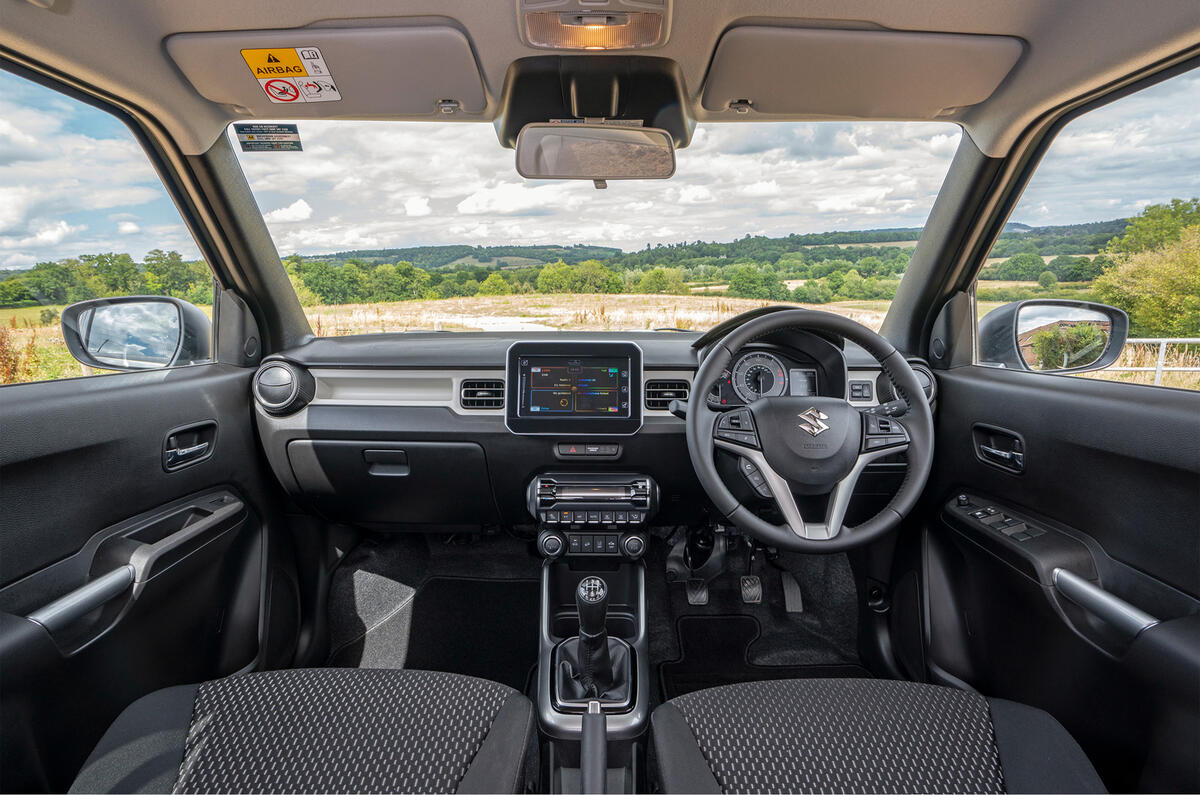
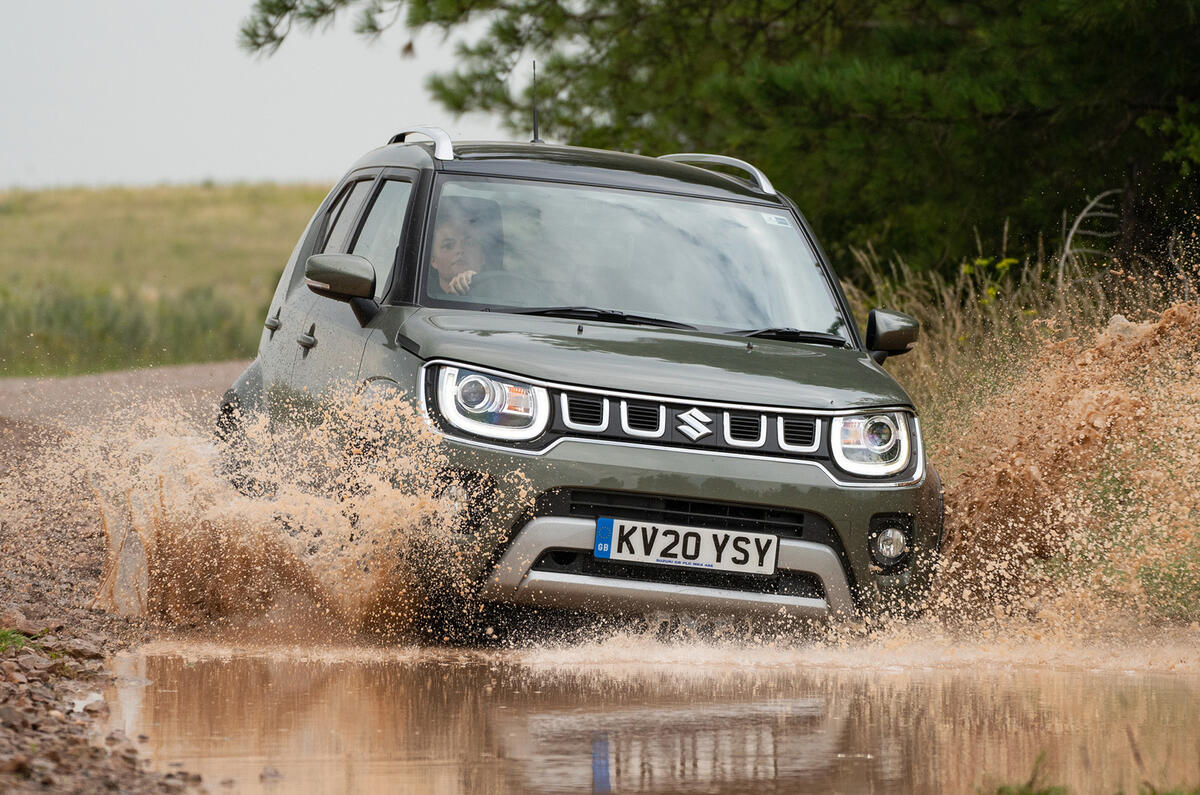


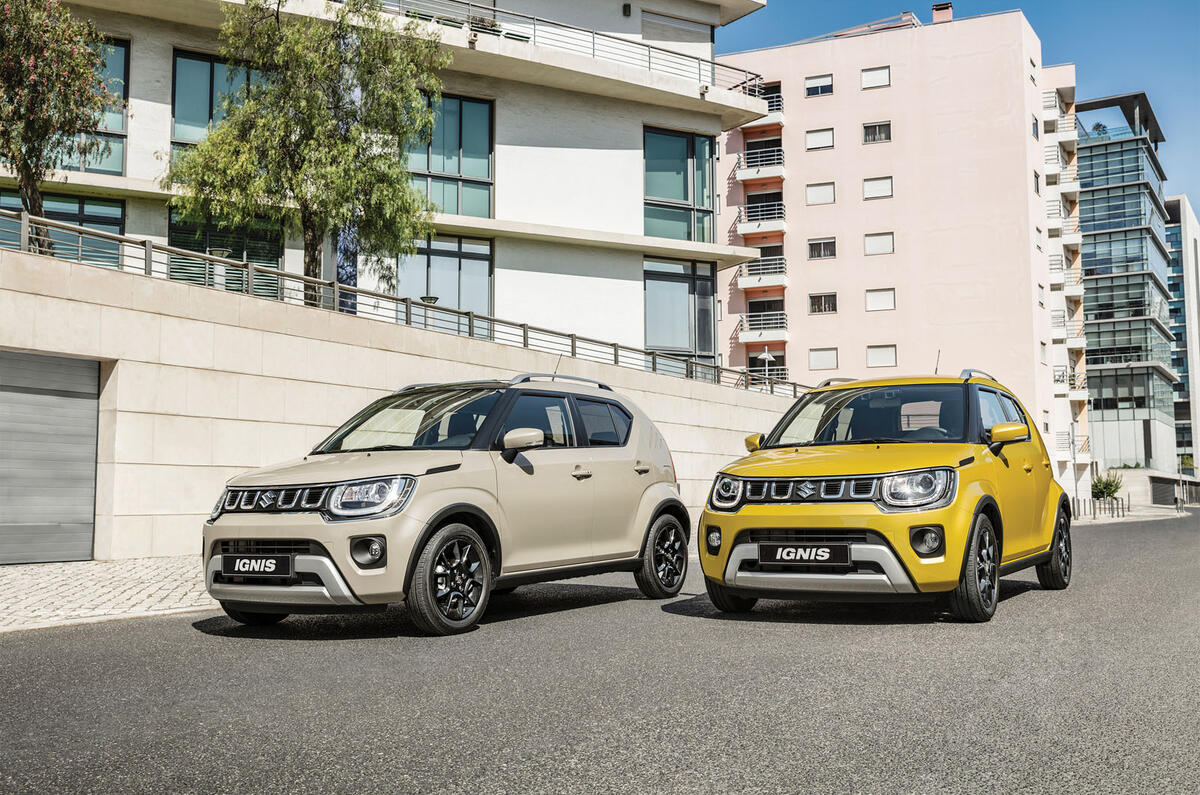
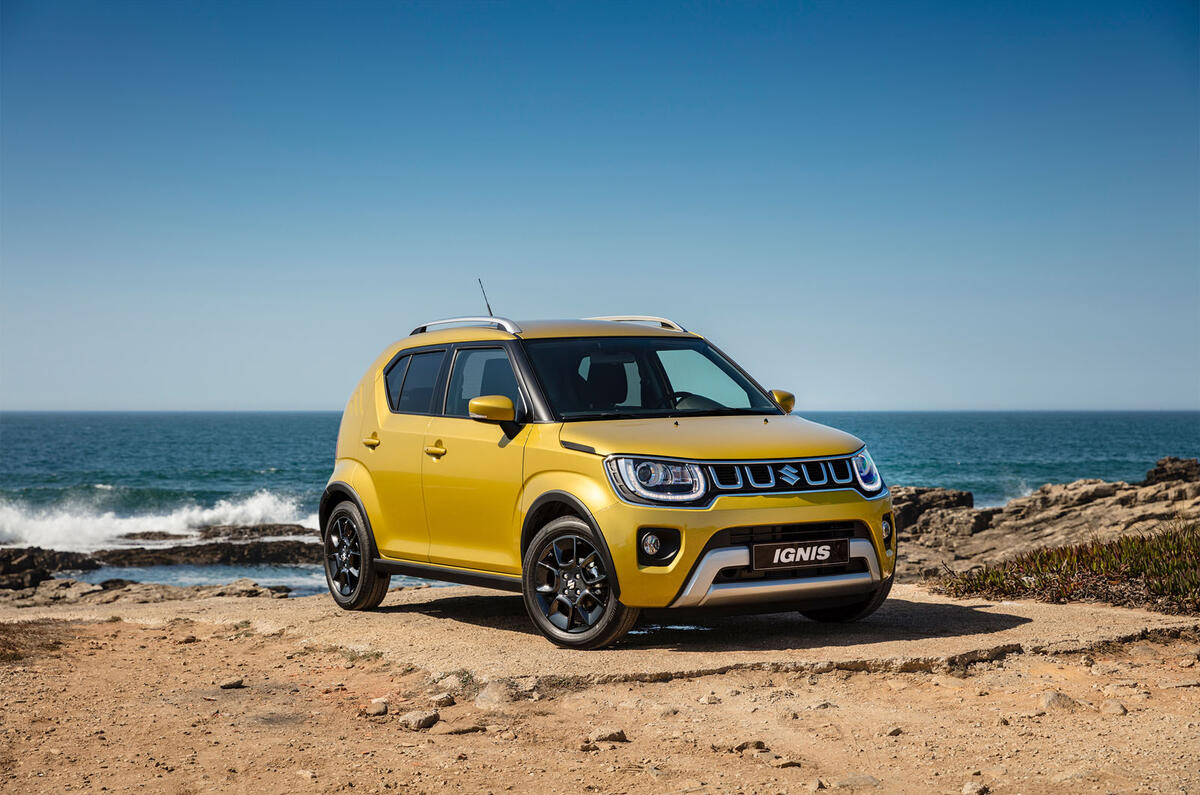
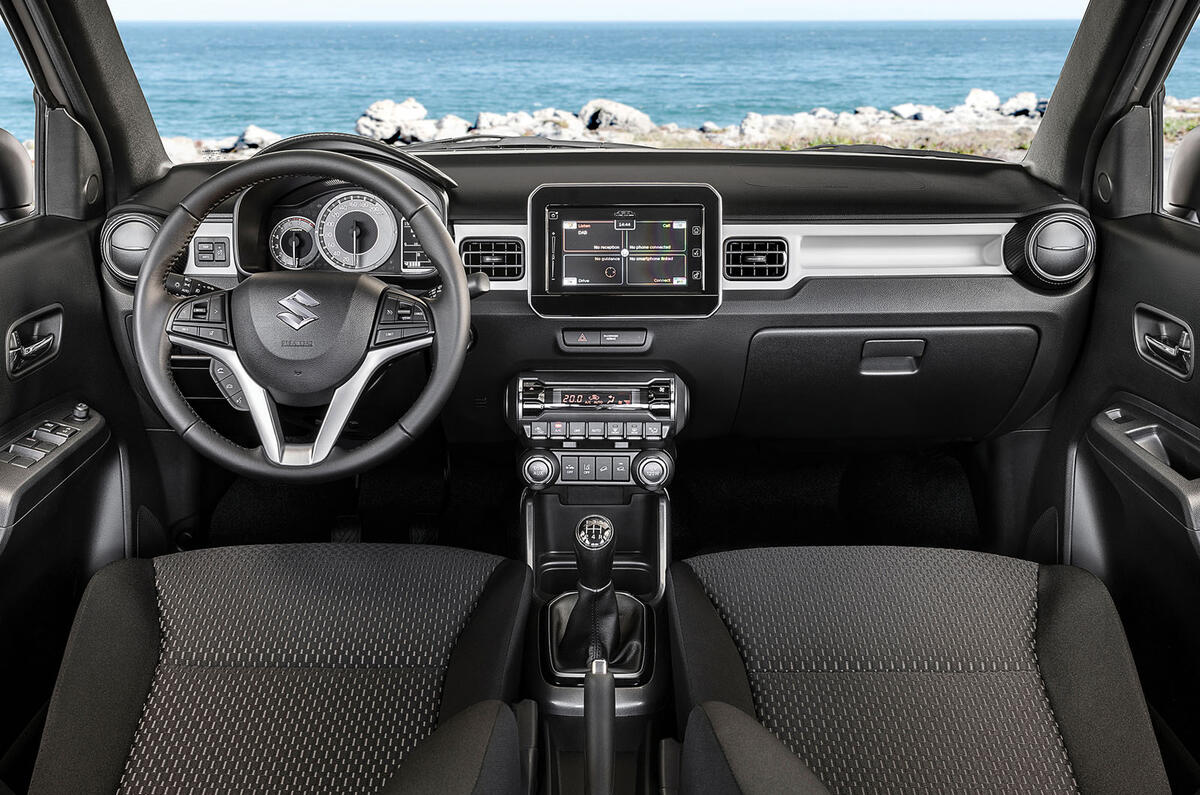
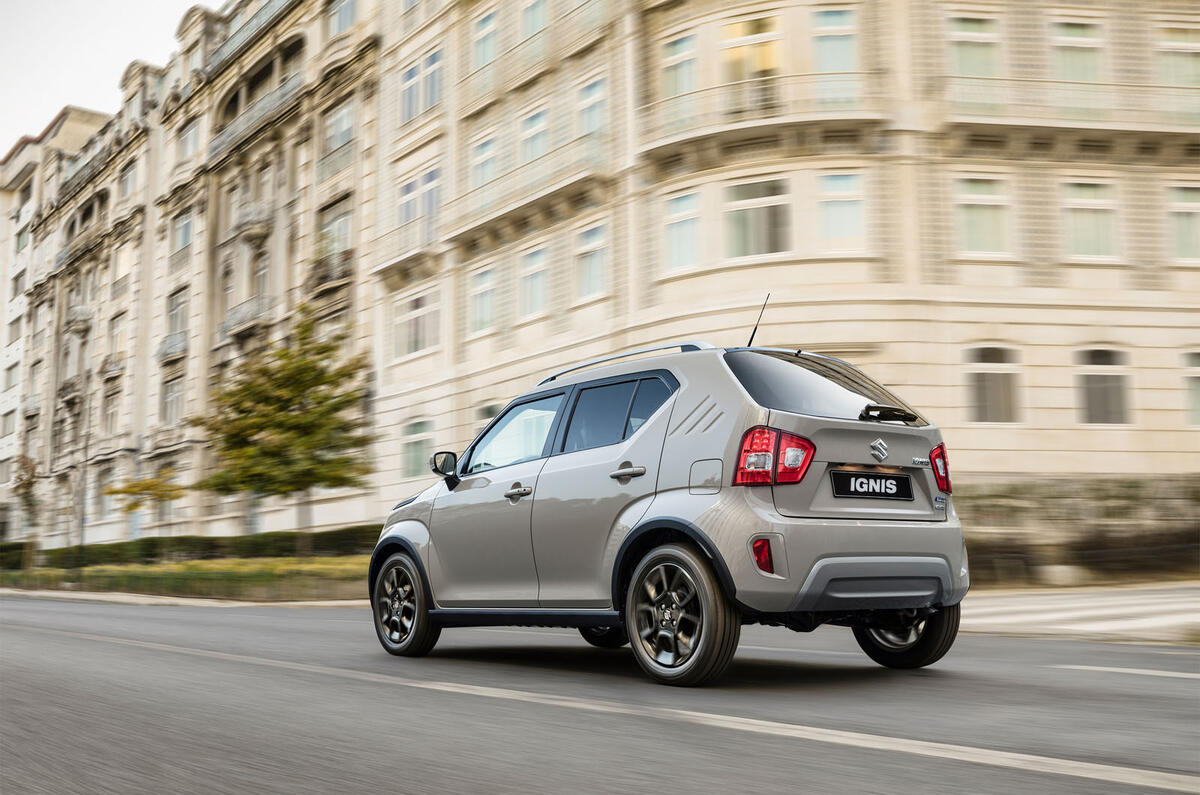
















Join the debate
Add your comment
Why a CVT?
I find it difficult to understand Suzuki; it does not seem to have heard of economy of scale, which I would have thought was crucial when its range is focused at the cheaper and smaller end of the market. Why go to all the trouble of producing a CVT when it already had a 6 speed torque converter auto in the Swift, which I believe to be very good? It's the same principle with the Jimny - why did Suzuki bother doing a few tweaks to that old nail of an engine when it had far better ones available, ones which would probably have enabled it to continue selling the Jimny in the UK just when demand was sky high? Talk about missing a trick.
Defender
This is what the defender should've been
Hybrid battery
Once again, no information on the hybrid batter (other than its Ah capacity) or power of the electric motor.
If the Ignis has a 48 volt system, then a 10Ah battery would mean a decent (for a mild hybrid) 480 Wh capacity. But if it's a 12 volt system, then the capacity would be a pathetic 120 Wh which means that it is not much more than a starter / generator, with little energy recovery or torque boost.
It would also be useful to know which models are available with a hybrid option and the cost of this.